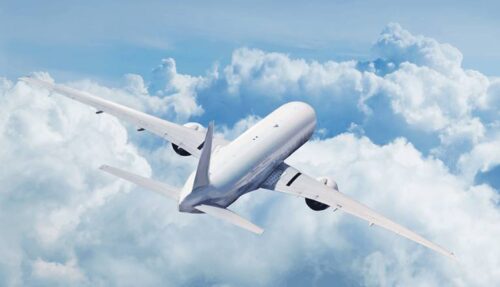Global Travel News
Net Zero CO2 Emissions Goal Tops Achievements at ICAO Assembly

“The significance of the LTAG agreement cannot be under-estimated. The aviation industry’s commitment to achieve net zero CO2 emissions by 2050 requires supportive government policies. Now that governments and industry are both focused on net zero by 2050, we expect much stronger policy initiatives in key areas of decarbonization such as incentivizing the production capacity of Sustainable Aviation Fuels (SAF). And the global determination to decarbonize aviation that underpins this agreement must follow the delegates home and lead to practical policy actions enabling all states to support the industry in the rapid progress that it is determined to make,” said Willie Walsh, IATA’s Director General.
The decision on a long-term goal at ICAO comes after intense negotiations bridging the different levels of development across the world. There was overwhelming support at the ICAO Assembly for the goal.
CORSIA
The Assembly also reinforced its commitment to the Carbon Offsetting and Reduction Scheme for International Aviation (CORSIA) and increased its ambition by agreeing to stabilize emissions of international aviation at 85% of the 2019 level. In agreeing this, many governments emphasized CORSIA’s role as the only economic measure applied to manage the carbon footprint of international aviation.
“The Assembly’s agreement strengthens CORSIA. The lower baseline will place a significantly greater cost burden on airlines. So, it is more critical than ever that governments do not chip away at the cement which bonds CORSIA as the only economic measure to manage the carbon footprint of international aviation. States must now honor, support and defend CORSIA against any proliferation of economic measures. These will only undermine CORSIA and the collective effort to decarbonize aviation,” said Walsh.
Sustainable Aviation Fuel (SAF)
Industry expects SAF to play the largest role in decarbonizing aviation. IATA estimates that perhaps 65% of the mitigation needed for net zero emissions in 2050 will come from SAF. While the industry purchased all one hundred million liters of SAF available in 2021, the supply remains limited and the price far higher than conventional jet fuel.
“With LTAG in mind, state efforts should now be focused on ways to incentivize an increase in SAF production capacity and thereby reduce its cost. The tremendous progress made in many economies on the transition of electricity production to green sources such as solar power and wind is a shining example of what can be achieved with the right government policies, particularly production incentives,” said Walsh.
The Assembly’s outputs include several key areas of support for SAF. These include:
Requesting the ICAO Council to:
– Facilitate capacity building and technical assistance to states for SAF programs
– Work with stakeholders to define and promote the transition to SAF
– Facilitate access to financing for infrastructure development projects dedicated to SAF to develop the incentives needed to overcome initial market hurdles
Requesting States to:
– Accelerate fuel certification and development of SAF including feedstock production,
– Accelerate certification of new aircraft and engines to allow the use of 100% SAF
– Encourage and promote purchase agreements
– Support timely delivery of any necessary changes to airport and energy supply infrastructure
– Consider the use of incentives to support SAF deployment
Implementation
IATA emphasized the criticality of effective implementation: “Governments must not lose the momentum that has driven the outcomes of this assembly. The costs of decarbonizing aviation are in the trillions of dollars and the timeline to transition a global industry is long. With the right government policies SAF could reach a tipping point in 2030 that will lead us to our net zero goal. By the next Assembly the ‘aspirational’ characterization of LTAG must be transformed into a firm goal with a clear plan of action. That means governments must work with industry to implement an effective global policy framework capable of attracting the financial resources needed to put aviation on an unstoppable track to achieve net zero by 2050. There is lots of work to do, and not a minute to lose,” said Walsh.












 Must Try Foods
Must Try Foods
 Gastronomy Cities
Gastronomy Cities
 Chef's Talk
Chef's Talk